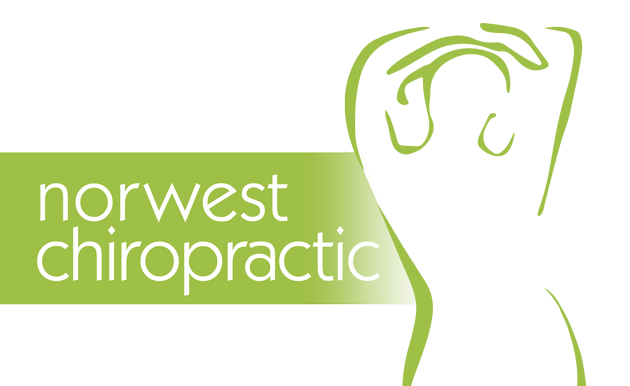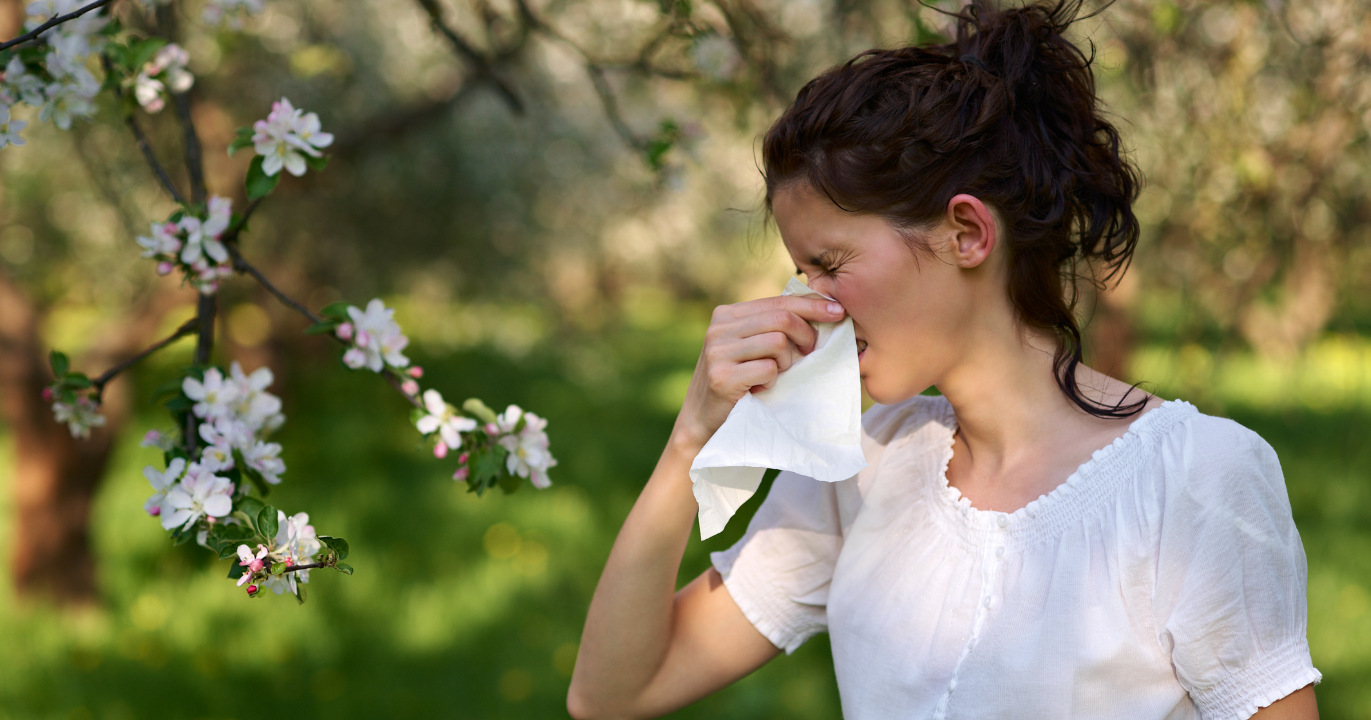As beautiful as spring can be, sneezing, itchy eyes, runny noses, and constant congestion can make it hard for some to enjoy the season to the fullest. Spring allergies like hay fever are common during this time, triggered mainly by the influx of pollen in the air. But why do some of us struggle more than others with these allergens?
While pollen is a primary culprit behind spring allergies, your body’s ability to manage allergens depends on several internal factors. A weak immune system, poor respiratory function, or heightened stress can increase your sensitivity to allergens. When your body encounters pollen, your immune system misidentifies it as a harmful substance and goes into overdrive. This triggers the release of histamines—chemicals that cause swelling, mucus production, and other allergy symptoms to help the body “fight off” the irritant.
Many people turn to antihistamines for quick relief, but these medications may mask symptoms without addressing the root cause. Worse, they often come with unwanted side effects like drowsiness, dehydration, and congestion. So, what are the natural alternatives to help manage spring allergies? Let’s explore some effective strategies, including chiropractic care, to holistically support your body and reduce allergy symptoms.
Tips for Managing Spring Allergies
#1 Support Your Immune System with a Healthy Diet
A well-balanced diet rich in fruits, vegetables, and foods high in antioxidants can strengthen your immune system and reduce allergic responses. Vitamin C and quercetin, for example, are natural antihistamines that can help your body respond to allergens more effectively. Consuming local honey is also believed to build immunity against local pollen over time.
#2 Stay Hydrated to Flush Out Allergens
Drinking water throughout the day can help thin mucus and clear your airways. Proper hydration also ensures that your immune system functions optimally and reduces the severity of allergy symptoms. Herbal teas, like ginger, peppermint, or nettle tea, can offer additional allergy relief by acting as natural decongestants.
#3 Regular Exercise and Breathing Practices
Exercise helps strengthen the respiratory system, which is essential for those prone to allergy-related breathing issues. Activities like yoga or deep breathing exercises can improve lung function and help clear nasal passages, reducing congestion and making breathing easier during allergy season.
#4 Minimize Pollen Exposure
On high-pollen days, try to stay indoors during peak pollen hours (usually early morning and late afternoon). Use air purifiers at home to filter out allergens, and wash your clothes and hair after being outdoors to reduce the amount of pollen you bring inside.
#5 Chiropractic Care for Allergy Management
Chiropractic care is often overlooked when it comes to allergy management, but it plays an essential role in improving the body’s overall function. Research has shown that regular chiropractic adjustments may help:
- Improves Nervous System Function: Misalignments in the spine can disrupt communication between the brain and body, weakening the immune system. Chiropractic care restores alignment, allowing the nervous system to function smoothly.
- Boosts Immune Response: A well-functioning immune system is less likely to overreact to allergens. Chiropractic adjustments promote balance in the body, supporting natural immune regulation.
- Enhances Respiratory Health: Chiropractic care can also improve respiratory function by opening airways and relieving tension around the chest and neck, making breathing easier during allergy season.
In support of these claims, a study published in 2001 in the Journal of Manipulative and Physiological Therapeutics examined the impact of chiropractic spinal manipulation therapy (SMT) on children with chronic asthma alongside their standard medical treatment. The study found that, while objective lung function measures showed little change, children reported significant improvements in asthma-related quality of life and reduced symptom severity. Bronchodilator use also decreased by approximately 20%. These benefits were sustained over a 12-month follow-up, indicating that the chiropractic intervention may provide meaningful, patient-centered outcomes beyond pulmonary function [1].
Breathe Easy This Spring
You don’t need to rely on antihistamines alone to manage spring allergies. You can manage and build resilience against allergens in several natural ways, which includes chiropractic. By improving nervous system function, respiratory performance, and immune regulation, chiropractic adjustments can help you breathe easier and enjoy the beauty of spring without the sneezing fits.
Contact Norwest Chiropractic today to book your appointment and discover how chiropractic care can help you manage allergies holistically. Spring is too beautiful to spend indoors—let us help you feel your best all season long!
Sources:
1. G Bronfort, R L Evans, P Kubic, P Filkin. Chronic pediatric asthma and chiropractic spinal manipulation: a prospective clinical series and randomized clinical pilot study. J Manipulative Physiol Ther. 2001 Jul-Aug;24(6):369-77. doi: 10.1067/mmt.2001.116417.

